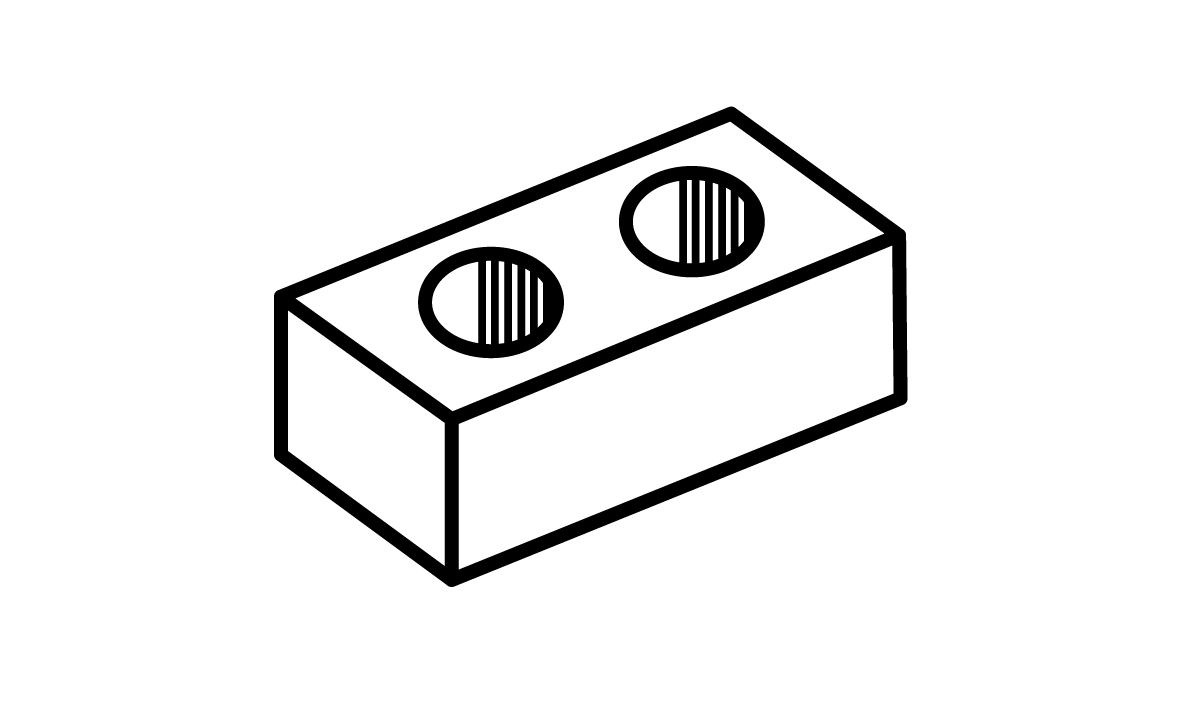Building for Life: An Invitation to Regenerative Design
Sustainability makes sense. It has moved the construction industry toward energy efficiency, waste reduction, and greener materials. It has helped us ask: How can we do less harm?
But what if that’s no longer enough?
Many of the systems we’re trying to “sustain” are already failing—socially, economically, and ecologically. Holding the line in a degenerating system will never get us to where we need to go. What we need now is a shift in imagination and in practice: from sustaining the status quo to regenerating what supports life.
Regenerative design offers that shift.
It asks a deeper question: How can our buildings, neighborhoods, and infrastructure actively restore ecosystems, nurture communities, and support the wellbeing of future generations? It’s about healing what has been harmed—and designing in ways that allow life to flourish.
This means working not just within living systems, but with them. A building is not an isolated object to optimize—it’s part of a larger whole: a street, a watershed, a bio-region. The building professional becomes more than a technical expert; they become a steward of place.
It also means rethinking what we mean by “the environment.” It’s not just landscape or climate—it includes people, culture, memory, and the systems of belonging that allow communities to thrive. The more-than-human world—soils, waters, air, plants, animals—cannot be separated from the human world. They are entangled. Regeneration happens at the intersection.
This is where Built By Us comes in.
We’ve spent years working in some of the most overlooked but essential areas of the built environment: belonging together with our differences and inclusion. We know that regeneration isn’t just a technical process—it’s a social one. You can’t regenerate land without regenerating relationships. And you can’t build a just transition without centering the voices of those most impacted—those who are too often left out of design conversations altogether.
We are deeply inspired by place-based thinking, including movements like bio-regioning, which call us to ground design in local knowledge, materials, and relationships. Regeneration, at its heart, is local. It asks: What does this place need to thrive? What does this community want to become?
For those of you building careers in architecture, engineering, community building and more, this moment offers a profound opportunity. Forward-looking clients, cities, and investors are no longer just asking for low-carbon buildings—they are asking for projects that are socially meaningful, ecologically intelligent, and built to last. Aligning your practice with regenerative principles isn’t just ethical—it’s strategic.
At Built By Us, we don’t pretend to have all the answers. But we do know how to walk alongside you. We ask better questions, offer mentorship rooted in real experience, and create spaces where you can learn to lead—not just with skill, but with purpose.
Regeneration is not a destination. It’s a mindset. A practice. A journey.
And we’re here to walk it with you.
Article by Built By Us Facilitator Etrit Shkreli

